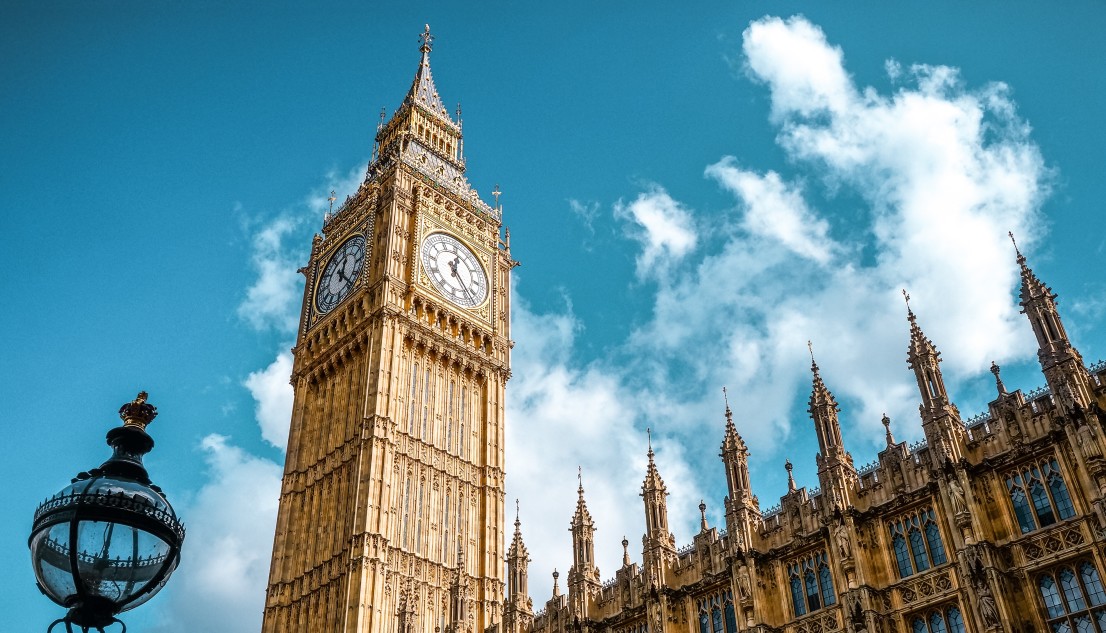There seems to be no shortage of commentary praising the free market virtues of ridesharing services like Uber and Lyft, which have introduced a measure of competition into previously monopolized taxi markets. The argument is straightforward enough: rideshares are easier to hail and offer better service at a lower price than traditional yellow cabs, mainly because they are unencumbered by the onerous regulations and insular licensing laws that govern the existing market.
All this makes life easier for the drunk undergrad or the bustling businessman trying to get from point A to point B, and partisans of the free market are quick to praise this little bit of creative destruction. Of course, taxi authorities have reacted harshly, launching legal campaigns to block or limit ridesharing companies from operating in certain municipalities; such blowback only serves to encourage the narrative of “entrepreneurialism vs. entrenched interests.”
Georgia State Representative Buzz Brockway gave voice to this argument recently at Ricochet, declaring plainly enough that “customers will be better off with more choices.”
That’s true in a limited way. But it misses something essentially valuable about these new services, which, in addition to providing a better customer experience, typically benefit the drivers themselves in real and immediate ways. Traditional taxi companies like Yellow Cab slam their drivers with all kinds of fees and charges—as much $100 a day to the cab owner and to the owner of the medallion required by law to drive it, plus the cost of gas. By the time a regular day comes to an end, many drivers have only just managed to break even. Given these constraints on earning potential, it is unsurprising that many cabbies are opting to quit their jobs and drive their own cars for Uber or Lyft—so many, in fact, that the New York City Taxi and Limousine Commission, faced with a drastic shortage of medallion cabs, has begun to temporarily let the cars of Uber drivers pass for registered cabs. Many find driving for Uber liberating while doing the same for a yellow cab company stifling.
[pq]Services like Uber are more efficient for consumers, but also aspirational for service providers. [/pq]
All of this still doesn’t get to the heart of the matter, though, which is that these sorts of services are not simply more efficient for consumers—they are in fact aspirational for service providers. Acting as independent contractors, ridesharing cabbies control their own hours and determine their own earning ceilings, almost wholly free of the byzantine regulations set forth by some municipal bureaucrat. Moreover, since there are no required shifts, choosing to drive for these services doesn’t bind a driver to a life behind the wheel.
Leftish commentators have wrung their hands over the supposed labor violations built into this voluntary system, however. Such criticism focuses on the lack of unions for these drivers (though that is changing in certain major markets like Los Angeles and New York) and the long hours many drivers work. And while it’s true that profit margins can be thin for many rideshare drivers—especially as the number of these services begins to multiply, these criticisms ultimately miss the mark because they misunderstand the ridesharing business model in a basic way.
“Thousands [of drivers] leased and bought cars just to work for Uber,” one critic complains, only to then see the costs of upkeep and insurance eat away at their take-home pay. But those low-skilled individuals who bought insurance or took out loans to pay for new cars took a risk in doing so—a risk, crucially, not required by Uber. Rather than being a cash cow for out-of-work laborers with no other job prospects, rideshare services are best suited to individuals who already own their own car and are looking to supplement an existing (usually modest) income. For those drivers, jumping on the clock for Uber or Lyft for a few hours a night can help make ends meet.
I recall a ride my colleague and I took recently with an Uber driver, a full-time Protestant pastor who drives to augment his income. The man recognized my colleague, whom he had driven before, and greeted him like an old friend. “I’m a good teacher,” our driver went on to explain when we asked about his job as a pastor, “Some guys are good at raising the money—I consider myself a teacher.” But he was going to have to figure out how to raise money if he was to succeed in a fledgling $5 million capital campaign so his church could purchase its own land and escape its current extortionary landlords. I don’t know if he will succeed in raising the $5 million. I hope he does. But at that precarious moment in his life, when he needed another paycheck to help pay the bills, Uber offered him an advantage. An advantage that would have been impossible had he tried to break into a highly regulated and aggressively unionized field like traditional taxi driving. He was in control, doing the best he could to improve his situation with the resources available to him.
This simple fact alone seemed to buoy our driver. And it illustrates the authentically liberating modes of entrepreneurship now possible for participants in the tech-powered services market.
It is noteworthy also that we managed to connect so easily to our driver that day—such instant camaraderie is hard to imagine with most traditional cabbies, who are usually stuck in the middle of demanding shifts and get paid whether they say one word to you or not. But by connecting a driver’s ability to pick up customers to the actual service he provides to them (not just friendliness, but his promptness and the effectiveness of the route he chooses), ridesharing technologies encourage the driver to actually treat his passenger like a human being.
Will there continue to be obstacles for out-of-work, low-resource, low-skilled laborers looking for easy sources of income? Of course. They still must carefully consider the costs and risks involved in entering any new line of work, and it is hardly Uber’s fault when they overextend themselves. At the same time we ought not to be afraid to praise the genuinely innovative and ameliorative features of these new business models not just for the convenience they offer to customers, but for the benefits—both concrete and psychic—for drivers.



